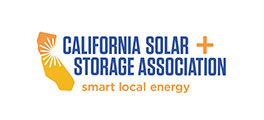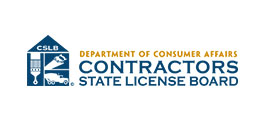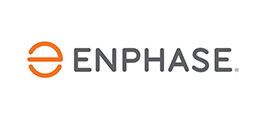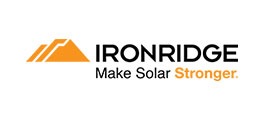
Is my roof right for solar?
A solar power system can be installed on a flat composite, tar and gravel, bitumen, composite shingle, cement tile, or metal roof top. Solar panels are usually installed parallel to the roof surface. For this reason the orientation of your roof is important. South facing roofs offer the most annual production, while east and west facing roofs will produce less. However, west facing roofs produce more power during “peak” times when power can be worth more money. This is important for utility customers who can take advantage of time-of-use metering (such as PG&E and SCE customers). SOLAR SOURCE suggests that customers with older roofs redo their roof in conjunction with the solar installation.
Can I really zero out my electric bill?
Is solar electricity really cost-effective?
Can my roof support the weight of the solar array?
How long does it take to install a photovoltaic solar system?
CLIENT TESTIMONIALS
Partnerships / Affiliations
Phone: (562) 852-5626
Request an estimate or keep reading to see what else makes SOLAR SOURCE different from the rest
REQUEST A FREE ESTIMATE






